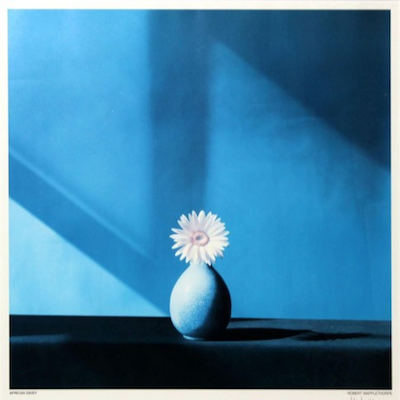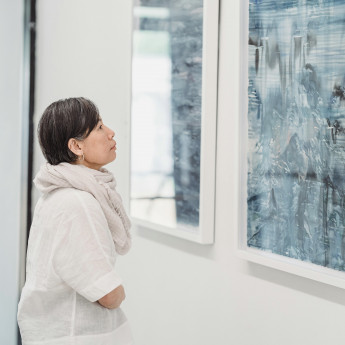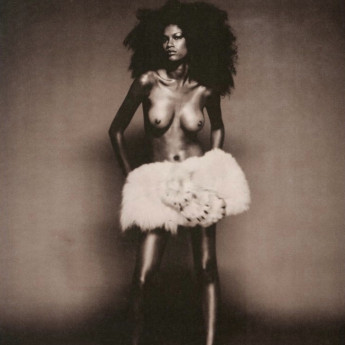
What is a photogravure?
Photogravure is a high-quality printing process that involves etching a photograph onto a copper plate. The plate is inked and pressed onto paper, producing fine art prints with detailed, soft tones and rich textures. Developed in the 19th century, photogravure is renowned for its ability to create art reproductions with exceptional depth and subtlety.
Show All
- Show All
- Established
- Discoveries
Show All
ARTWORKS RELATED TO PHOTOGRAVURE
Robert Rauschenberg
Plate from Photogravures Suite 1, 1983
Limited Edition Print
Photogravure
Currently Not Available
Sherrie Levine
Barcham Green Portfolio No. 5, 1986
Limited Edition Print
Photogravure
Currently Not Available

Ephemeral art is a type of art that occurs only once and typically lasts for a very short period. It cannot be displayed as a traditional work of art in a gallery or museum. Examples of ephemeral art include performances, happenings, sound sculptures, flyers, and mass-produced items. This art form emphasizes the transient nature of the experience, existing only in the moment and often leaving no lasting physical trace.

Arte Nucleare was the name of an artist group founded in Milan in 1951. The group aimed to create art that responded to the dangers and technologies of the nuclear age. Their works often utilized automatic techniques and depicted devastated landscapes and mushroom clouds, reflecting the anxieties of a world on the brink of nuclear catastrophe.



















